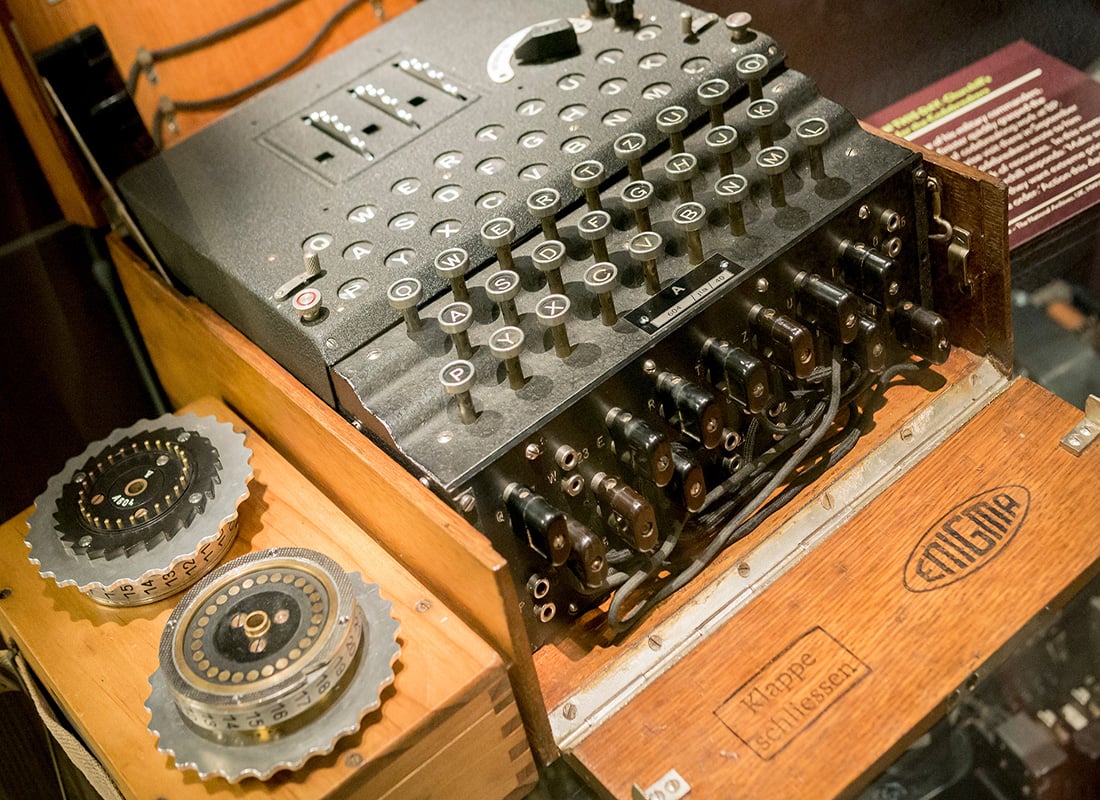Past BCS President, Ian Ritchie, speaks to Grant Powell MBCS about his book The Web before the Web as well as the exciting innovations that helped shape the IT world we know today.
Ian Ritchie is the founder of Office Workstations Limited, or OWL, which pioneered the commercial use of hypertext technology. Over the years, Ian has been involved in over 50 start-ups, served as president of BCS, and been awarded a CBE for services to enterprise and education. Here he talks about the first 20 years of the personal computer, the time when today’s information world was being invented, and details some of the exciting innovative projects with which he has been involved.
How did you get into a career in computing and technology?
I come from a fairly humble background. My father was a shale miner, and when the shale industry closed down around 1960, he didn't really get another decent job again. I wanted to make sure that I wouldn't ever be unemployed, so I made a tactical decision to get into computing on the basis that I would always have a career. I decided to apply to university to study computer science (which in those days was really a very thinly disguised applied maths course).
From university I went to work for ICL at their development centre in Dalkeith on the outskirts of Edinburgh. We were given some very interesting projects just as personal computers really started to take off. I was assigned to be the manager of a partnership with a US computer — the Perq. This was a ‘graphics workstation’ launched in 1979 in Pittsburgh and was the first to be commercially launched that wasn’t purely research orientated.
Pittsburgh was my first introduction to both the US and the world of technology startups, and I absolutely loved it. In 1984, together with four of my colleagues from the recently closed Dalkeith centre, we started our own company, Office Workstations Ltd (OWL).
Tell us about the commercialisation of hypertext and its applications.
When the Apple Macintosh was launched in 1984 we immediately started working on products for it. We decided that documentation was an area in which we could be really innovative, using new graphics capabilities rather than text. When you worked on an IBM PC, you had to imagine what your document was going to look like on the page, whereas with the Mac you could actually see it.
We spoke to the then chair of the BCS Electronic Publishing Specialist Group, Heather Brown, who arranged a meeting with her husband Professor Peter Brown of the University of Kent. He had been working on an application on the Perq which allowed the navigation of documents on screen via the opening and closing of clickable page links. He called his development ‘Guide’, and we thought it was really impressive. We reached an agreement with the university to build it as the first commercial hypertext application which we launched in 1986. In the first year we got a big contract with Ford Motors to do an online service manual for their cars, and other similar projects came flooding in.
One downside was that in 1987 Apple launched Hypercard, and gave copies of their hypertext product away free with all new computers. Fortunately, we had already developed a PC version for Microsoft Windows, and as 95% of the market were using the PC at that time, it actually saved us. In 1988 we won the BCS award for that product.
Can you tell us the story about turning down Sir Tim Berners-Lee?
There was a technical conference series for hypertext run by the Association for Computing Machinery (ACM) across the US and Europe, and in 1990, it was held in Versailles, France. We had a small booth and were demonstrating our hypertext car manuals and other products. I was approached by a guy who introduced himself as Tim Berners-Lee and told me about his World Wide Web.
At that time the whole World Wide Web was on his computer in his office. He'd been working on it for a few years and was convinced that the whole world would soon use it as a universal communication system. At the time his web was only text, and he wanted an interface like we had, with mouse control and real layout, with different fonts and graphics.
The downside was that CERN didn’t give him any budget, so he had no money to spend on the project. In addition, at that time the only companies that were using internet connectivity in any significant way were defence or government related bodies. Because the Internet wasn't commercially available and he had no money to pay us with, we couldn’t reach an agreement. So, yeah, I'm the guy who turned down Tim Berners-Lee. And, of course, it was about four or five years after this that the internet became available commercially, when it really started to take off.
What can you tell us about your book?
My book is about the first 20 years of the personal computer. I graduated in the mid 1970s and the Apple II came out in 1977, which was essentially the first practical personal computer. 20 years later, by the mid 1990s, the personal computer was essentially fully formed, with a graphics interface, a mouse, and internet connectivity — it's the computer we still use today.
For you
Be part of something bigger, join BCS, The Chartered Institute for IT.
My book tries to capture the unique experience of being able to build new techniques that nobody had built before, creating our own piece of the computer environment that we still see today. There was lots of innovation within that 20 year period, lots of struggling to succeed and having to make it work. It was an exciting time.
These days, the biggest companies in the world are all online IT companies, spending phenomenal amounts on research and development. We're in a different world now. You can no longer do what we did. That experience of being in IT and being involved in making the future happen was absolutely fantastic. It was a great time, and I’ve really enjoyed documenting it all.
What are your memories and highlights from your time as BCS president?
I'd been on the Edinburgh committee of BCS all through the 1980s. When I sold my company, I remember bumping into the chief executive of BCS and I said, ‘look, I'm free now. I've sold my company and I'd be happy to put some time in.’ I was elected as a trustee and then appointed as Vice President, Engineering. I was responsible for getting BCS into the Engineering Council so that we could award CEng.
Eventually I became president. It was an interesting time because, with my knowledge of computing and the internet, I remember pitching to the whole trustee board the fact that we needed an online internet presence, our first website. Around that time we also launched ECDL and BCS became the authority on that, which included a big project with the NHS. So yes, it was exciting and a time of great transformation.
What have you spent your time doing since those early days?
After selling my company to Panasonic, I left in 1992. I've worked with about 50 startups, most often as an angel investor. With my experience of starting companies, raising the funding, building international distribution and then selling to a multinational, I thought, ‘there's a lot of experience here that I could use to help others.’ So, I started helping other people build their businesses and achieve their goals. And that's what I've happily been doing ever since.












